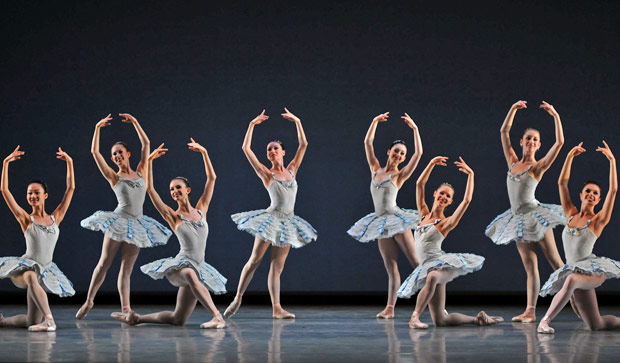
© Dave Morgan and courtesy of San Francisco Ballet. (Click image for larger version)
San Francisco Ballet
Programme A: Divertimento No 15, Symphonic Dances, Number Nine
London, Sadler’s Wells
14 September 2012
Gallery of 36 pictures by Dave Morgan
All DanceTabs coverage of SFB in London
www.sfballet.org
Helgi Tomasson, artistic director of San Francisco Ballet, chose to open the company’s London season, after an absence of eight years, with a showcase of three ballets in rather too similar a vein: lots of dancers, lots of steps and interwoven patterns, and no sets. The company’s debt to Balanchine is a delight to his devotees – true ballet lovers, in my opinion – but which can be frustrating for anyone looking for emotional involvement.
Balanchine’s Divertimento No 15, the first ballet on the bill, divides audiences between those who can’t stop smiling and those who can’t wait for the interval. It’s Mr B relishing light-hearted Mozart and playing games with an ensemble of thirteen women and just three cavaliers. The leading man has to deal with five ballerinas in succession before dashing into the wings in search of male support. A corps of eight women sparkle like diamonds, then vanish as the curtain falls, as though they were an adornment no longer needed.
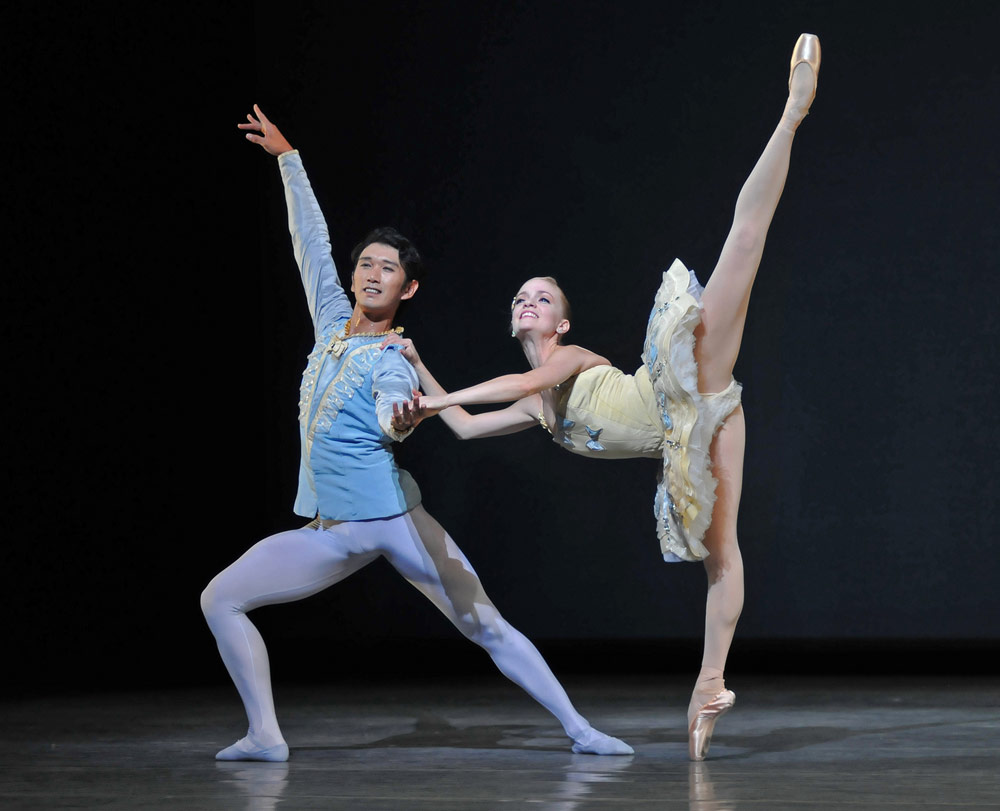
© Dave Morgan and courtesy of San Francisco Ballet. (Click image for larger version)
Of the five soloist women on Friday night, two still rank as corps de ballet members: Koto Ishihara and Sasha De Sola. They must have been singled out for their charm and freshness, as they picked out dainty academic steps writ large (in variations 1 and 4 – Pleased to say that two days later Sasha De Sola was promoted to Soloist. Ed). Vanessa Zahorian, principal ballerina, danced her fiendishly speedy solo as insouciantly as if knitting intricate stitches without needing to count them. The variations follow on so swiftly that there’s no time to applaud each one – though the soloists re-appear to share the men in a series of pas de deux.

© Dave Morgan and courtesy of San Francisco Ballet. (Click image for larger version)
Zahorian was partnered by her husband, Davit Karapetyan, the only one of the men whose feet consistently found fifth position. She graciously acknowledged his presence, unlike the others who had no attention to spare for their (temporary) escorts, Jaime Castilla and Hansuke Yamomoto. Divertimento No 15 is all about women. I loved the way the SFB dancers were so confident with the choreography, at ease after an understandably tense start.
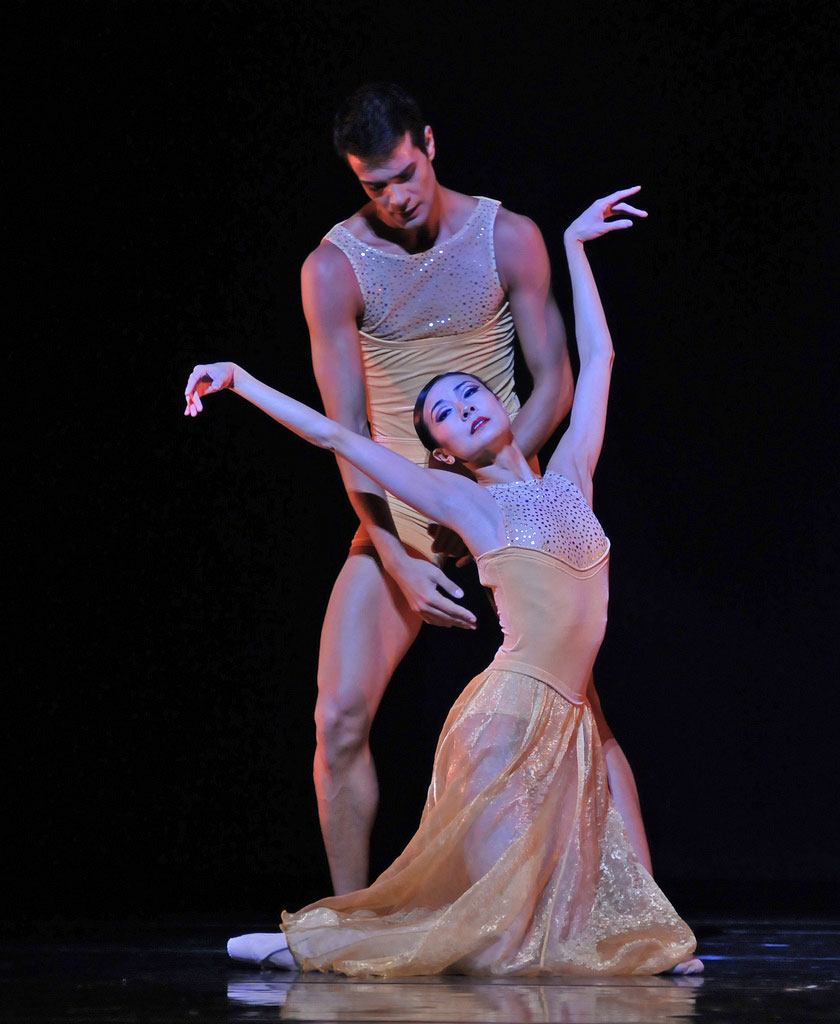
© Dave Morgan. (Click image for larger version)
Edwaard Liang claims in a programme note that his Symphonic Dances, though lush, is full of steps. Rather, it’s full of swirls and swoops, accentuated by the women’s chiffon skirts, seen against a stormy backcloth. Rachmaninov intended his orchestral suite of the same name to be used for ballet, as it has been, not least by Alexei Ratmansky and Peter Martins. The music tends to be overwhelmingly dramatic, with its last moment apparently referring to death and resurrection. Liang’s main choreographic influence seems to be Jiri Kylian. Eighteen dancers surge across the stage, stranding soloists or couples as they leave: highly emotive, without any context other than the music.
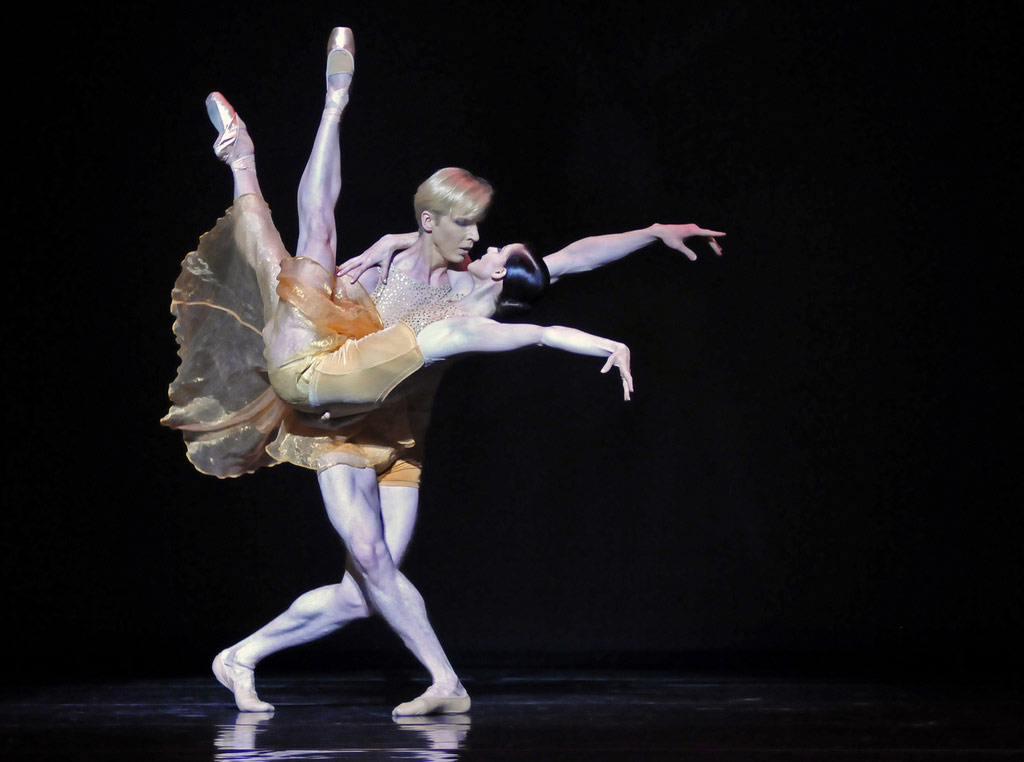
© Dave Morgan and courtesy of San Francisco Ballet. (Click image for larger version)
Three pas de deux echo skating manouevres, each woman swung in circles across the floor or wound around her partner’s body. Lovely, light Yuan Yuan Tan kept being upended by Vito Mazzeo, hauled into ungainly positions by her thigh or foot, the contortions disguised by her skirt and her yearning serenity. Sofiane Sylve, more statuesque, kept her dignity with Tiit Helimets in spite of being dashed to the ground and heaved up over his back. A third pas de deux, for Maria Kochetkova and Vitor Luiz, was the least manipulative. All three principal pairs were then absorbed back into the mass of orange and red couples for the long finale: canon effects, manly leaps, women’s legs lifted high above the maelstrom. I found Symphonic Dances full of contemporary-ballet cliches but those bored by Balanchine reacted to it enthusiastically.
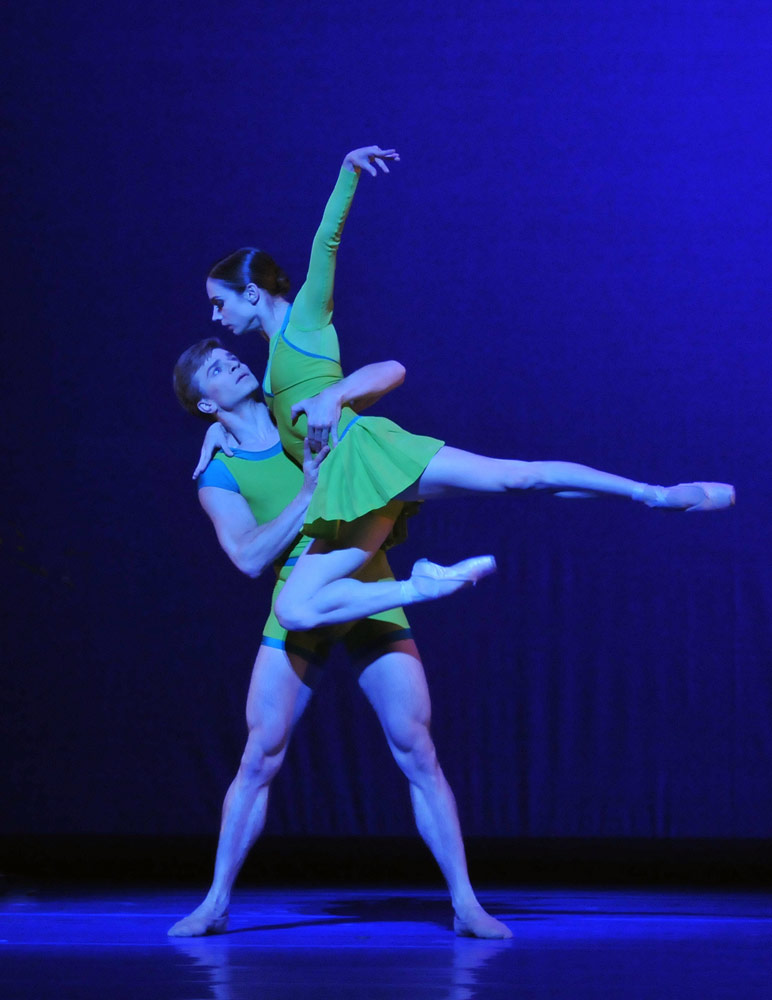
© Dave Morgan and courtesy of San Francisco Ballet. (Click image for larger version)
Christopher Wheeldon’s Number Nine is a headlong rush to Michael Torke’s propulsive 16-minute Ash. As in Liang’s Symphonic Dances, the stage fills and empties with colour-coded groupings, and soloists swiftly swallowed up by a sunshine-yellow corps. Bright athletic costumes and colour-saturated lighting dazzle the eye. Wheeldon is an expert at deploying numbers, interlacing cohorts of dancers, peeling them off in canon arrangements and setting up a moving frieze of silhouetted bodies. His facility is almost too evident in Number Nine, with every dancer twirling in and out of position before hurtling off to be part of the next formation. He uses a bigger vocabulary of steps than Liang, with flurries of travelling beats. And his pas de deux couples, when the music calms down, dance as equals, the men no longer overshadowed. Then the momentum builds once more and carries everyone off in a burst of a ballet that doesn’t outstay its welcome.
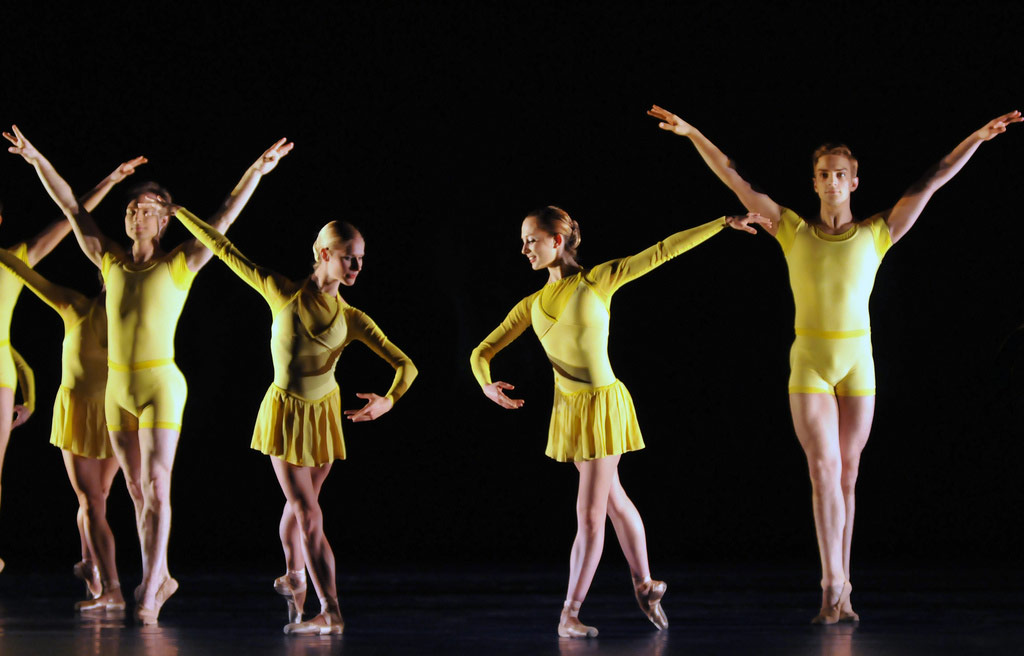
© Dave Morgan and courtesy of San Francisco Ballet. (Click image for larger version)







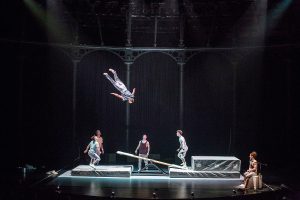
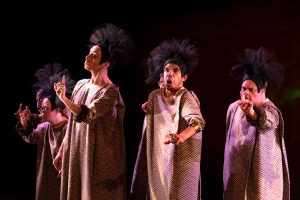

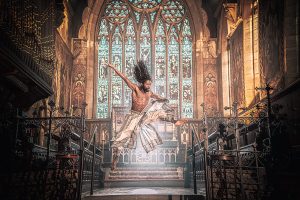


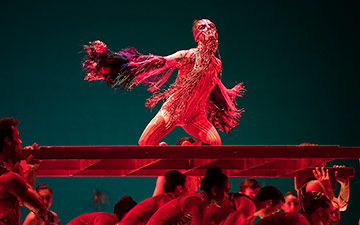
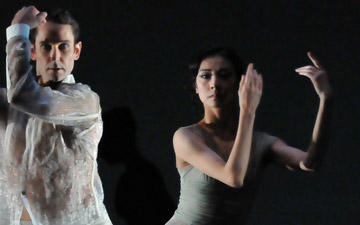

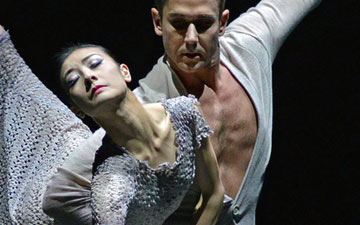
You must be logged in to post a comment.